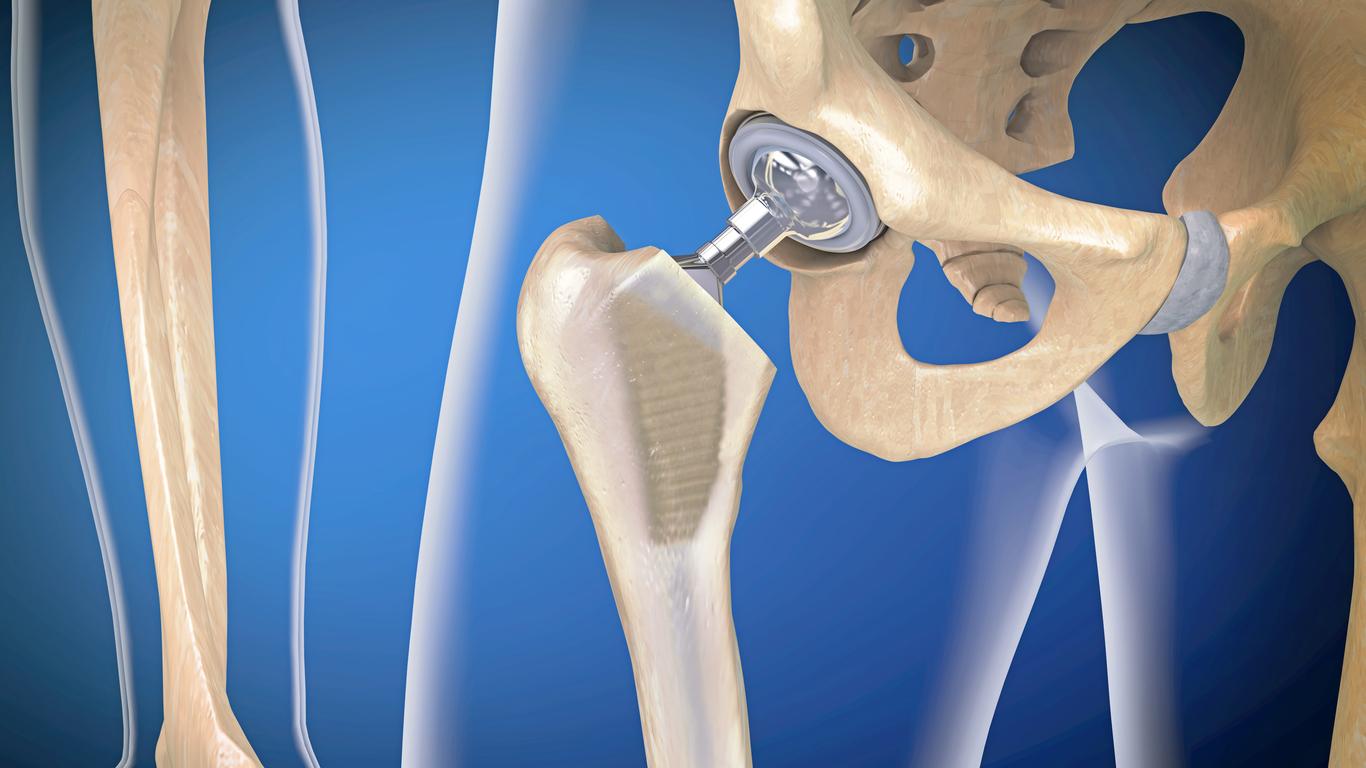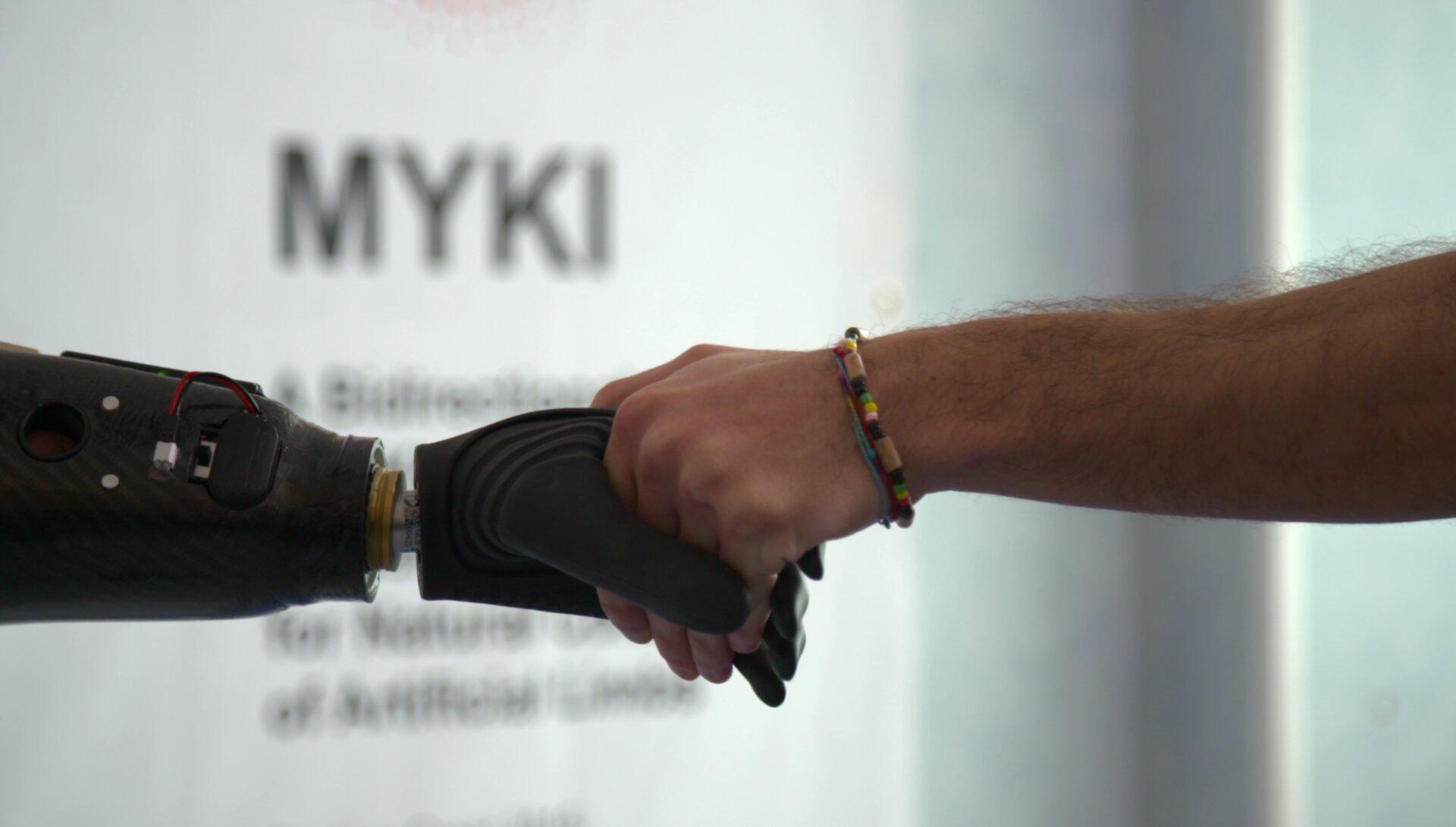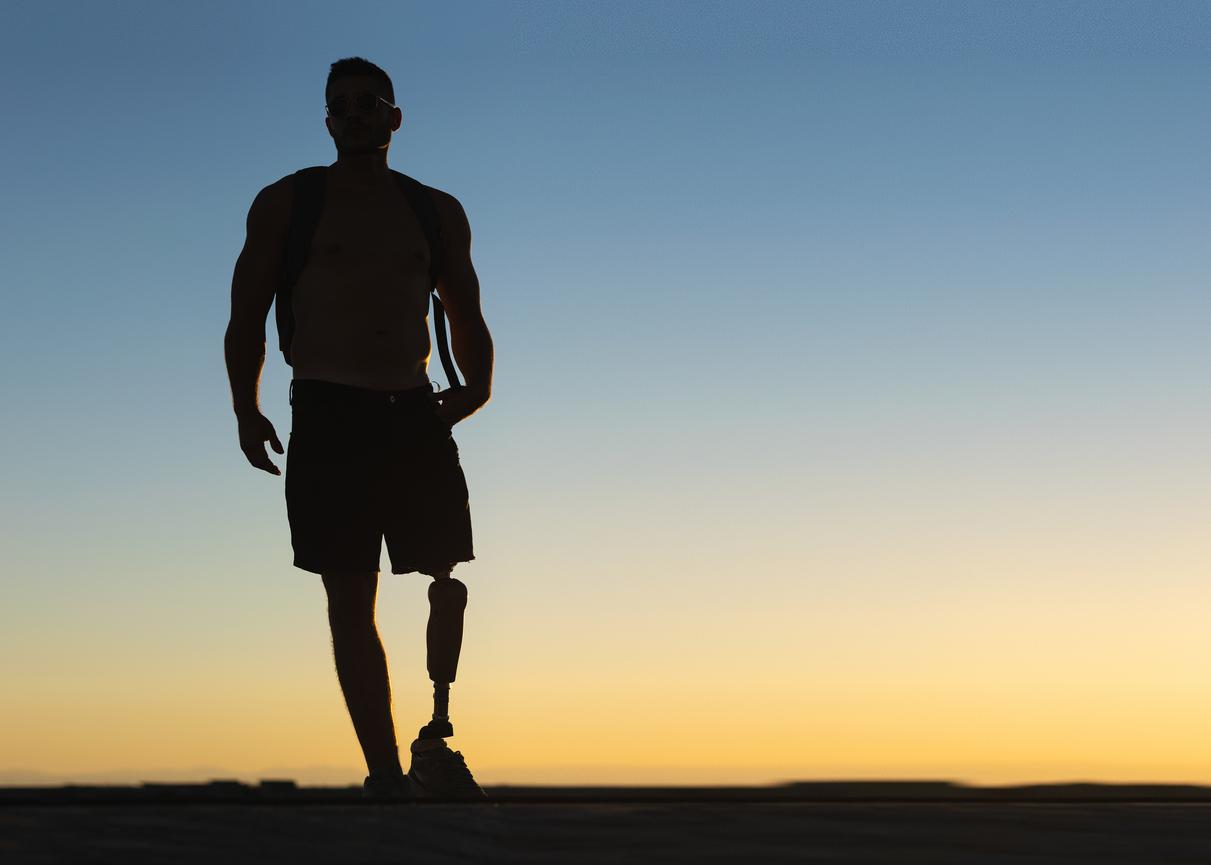Researchers have been able to artificially reproduce the sensations of touch in monkeys. A first step in creating sensitive prostheses for amputees.

Imagine a person having a hand amputated following an accident who is offered a prosthesis capable of giving him back the sensations of touch … This is not the replay of the series “The man who was worth 3 billion “, Or from the movie” Avatar “, this type of prosthesis capable of transmitting the sensation of hot, cold, or pressure, could soon exist.
Researchers at the University of Chicago have just taken a new step to allow the creation of this type of device. They have succeeded in artificially reproducing in animals some of the stimuli of touch that exist between the brain and the hand.
“To restore the sensory-motor function of an arm, not only do you have to replace the motor signals that the brain sends to the arm to move it, but you also have to replace the sensory signals that the arm sends to the brain,” he said. indicated Prof. Sliman Bensmaia, assistant professor in the Department of Organismal Biology and Anatomy at the University of Chicago.
“To be successful, we analyzed how the brain of an intact organism processes sensory information, and then we tried to replicate these patterns of neural activity using brain stimulation techniques. “
Very concretely, these researchers carried out a series of experiments on monkeys, whose sensory systems closely resemble those of humans.
The researchers were able to reproduce the location of the contacts at the level of the fingers. By sending electrical stimuli to the appropriate areas of the animal’s brain, they were able to make it feel like it was touching its pinky finger or its thumb.
Likewise, the researchers also worked on the feeling of pressure. They developed an algorithm to generate the appropriate amount of electric current to cause a feeling of greater or lesser pressure. And again, the animals reacted in the same way whether the stimuli were felt through their fingers or by artificial means.
For those researchers who have published their work in the journal Proceedings of the National Academy of Sciences, an important step was taken in the development of a tactile prosthesis that could transmit sensory information in real time to amputees via a direct interface with the brain.
“The lessons learned from these experiences can be incorporated into a robotic arm prosthesis,” said Prof. Sliman Bensmaia, who recalled that this work is part of a larger project to create a bionic prosthesis supported by the National Institute of Health and the Ministry of Defense.
.















